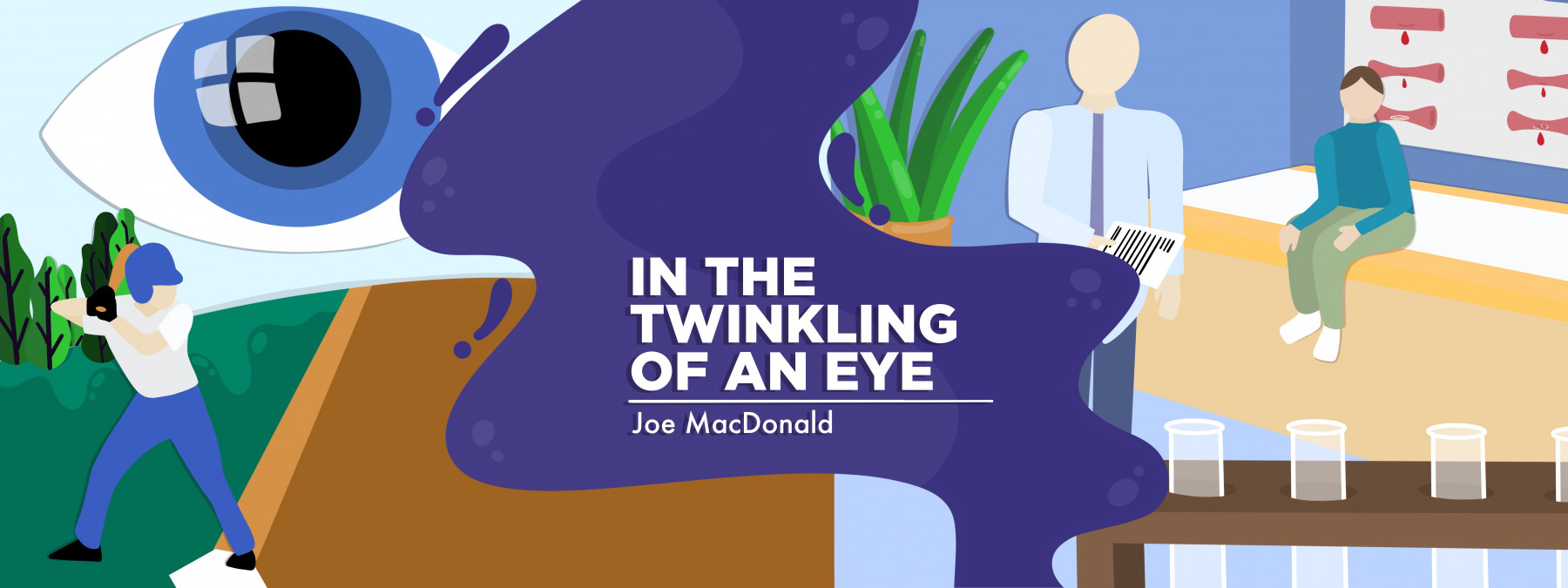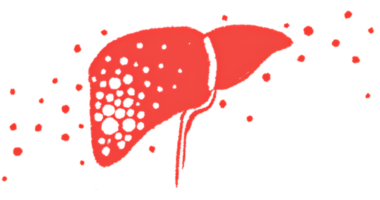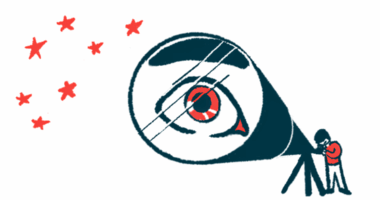How our oldest son and hemophilia entered our lives, part 2
My wife and I were astonished to receive our baby's diagnosis

Second in a series. Read part one.
The birth of our oldest son, Julian, was a milestone event in our lives. After all the excitement and drama of that stormy June evening in 1996, things calmed down for the rest of the night. My wife, Cazandra, rested in her hospital room, and I stayed with her, on a bed provided by the hospital staff.
As we recapped the evening’s events, a nurse wheeled Julian into our room. We looked at our beautiful boy and started laughing, caught up in the joy of having our firstborn son enter the world so vigorously. As we turned our gaze to him, he let out a little giggle. We couldn’t help but laugh even louder than before.
Little did we know, these would be some of the only moments we’d share as a family before our introduction to the bleeding disorders community.
An unexpected diagnosis
Julian’s hemophilia diagnosis was similar to that of many babies in our community. I was attending classes that summer to receive my educational credits to become a certified teacher, but stopped to visit Cazandra in the hospital on the morning that our boy was to be circumcised by the on-call pediatrician, Michael Connelly. I kissed her and told her that I would be back as soon as my class finished. I had an educational theory exam that morning that I couldn’t miss.
After class, I called Cazandra to let her know I had done well on the test and would return to the hospital soon. She told me that all had gone well with the procedure. She casually mentioned that Julian had continued to bleed in that area, but there was no need to worry. I figured the bleeding would soon stop, and all would be well.
But when I stopped by the hospital again the next morning before class, I saw panic in Cazandra’s eyes. She told me that Connelly had come into the room earlier that morning and said that Julian bled through the night. He was honest and forthright, saying he had no idea why Julian was still bleeding, but had asked a hematologist to see if she could find a reason and a solution.
Later that day, I called Cazandra after my class, and she told me to come to the hospital as quickly as possible. The hematologist wanted to discuss her findings with us.
When I arrived, my mother was in the room with Cazandra. The doctors came in, and the hematologist shared the news that Julian had severe hemophilia A, also known as factor VIII deficiency. She continued to explain that hemophilia A is a rare bleeding disorder, affecting about 1 in 5,000 male births in the U.S.
At first, I felt fearful, angry, and helpless. I knew my mother had kept certain information about my father from me, for reasons I later understood, but in that moment, I wondered if she’d known about the possibility that my son could inherit hemophilia.
But the hematologist quickly explained that, in boys, the bleeding disorder is passed down by the mother. Women have two X chromosomes while men have one X and one Y, and hemophilia genes are passed down on only the X chromosome. Boys are more likely to have severe hemophilia because, if their one X chromosome is affected, they don’t have another functional copy to help compensate.
My mind was in a maze. I looked at the doctor and asked, “Is my son going to live?” She explained that the blood supply was now safe, since testing for HIV antibodies became mandatory in the early 1990s. My son would live a long and healthy life due to the advancements in the treatment of hemophilia and other bleeding disorders.
I turned to Cazandra and saw tears in her eyes. I held her hand and assured her that we would get through this. Our son would be OK.
My mother came to her bedside and did her best to provide comfort. Both mother and grandmother were gearing up to face this unexpected diagnosis head-on. My mother held our hands tightly as she tried to send healing energy from her veins to ours. She said, “We are a family. We will make it through this and love our new little Julian.” Hearing her words gave me a sense of peace as we faced a new world, a new baby, and a new diagnosis.
Next week, I’ll share how we moved from heartache to acceptance, with help from the bleeding disorders community.
Note: Hemophilia News Today is strictly a news and information website about the disease. It does not provide medical advice, diagnosis, or treatment. This content is not intended to be a substitute for professional medical advice, diagnosis, or treatment. Always seek the advice of your physician or another qualified health provider with any questions you may have regarding a medical condition. Never disregard professional medical advice or delay in seeking it because of something you have read on this website. The opinions expressed in this column are not those of Hemophilia News Today or its parent company, Bionews, and are intended to spark discussion about issues pertaining to hemophilia.








Jeannie Burgess
Our story is very similar to yours. Our son bleed also at circumcise but it stopped & he was diagnosed at 9 months old. He is 40 years old & is now a Doctor. He was inspired to become a Doctor because of all the Drs he saw growing up!
Enjoy reading your posts! God Bless you & our family!